By Zhu Sansong

In February 2018, the Spring Festival travel rush started in China. At that time, it was the largest migration in human history. About 382 million people headed to different destinations using 310 thousand trains. During the migration, if you had an aerial camera, you would be able to see thousands of trains passing through mountains and rivers in China on the same day. The frequency of the trains has been accurately calibrated to achieve the best balance between safety and capacity.
At the end of every year, students, tourists, and migrant workers gather in train stations, sharing the same purpose of "homecoming". To cope with the large number of requests, more and more ticketing machines had been replaced by the convenient QR code. To board trains, passengers only needed to tap on their mobile phones and had their QR codes scanned by the ticket gate for a second or two.
Ever since the launch of Spring Festival ticket booking, the "12306" official ticketing app of the Ministry of Transportation has always been under huge traffic pressure. From ticket booking, to seat selection, and to seat locking, massive requests from different terminals aggregate into data flood, over-loading core ticketing servers deployed all over the country.
No one knows how much effort had been made to enable the 12306 app to cope with this moment. Also, no one knows that a new framework emerged to support the efficient running of the app at the underlying layer of this seemingly unchanged app.
While the trains rushed to their destinations, mobile Platform as a Service (mPaaS) provided by Ant Financial was walking from behind the scenes to the front of the stage.
On April 27, 1900, William Thomson, Baron Kelvin, the famous physicist, proudly issued a declaration of victory when he was giving a speech at the Royal Society:
"The physics building has been completed, and the next thing to do is just some repair work."
In 2016, Qi Xiaolong, who had just taken over the technical director of mPaaS, faced the same situation. The "big infrastructure era" of mobile Internet in full swing has passed. When you look up, you can see tall buildings everywhere, but there is no place for you to settle down. Everyone said to Qi Xiaolong, "What you are going to do is unpromising at all. All the apps are well developed, and it is impossible for you to further promote mPaaS."
However, history went in a different direction. Baron Kelvin was far too proud, and the two dark clouds above the "building", Michelson-Morey experiment and blackbody radiation, finally announced the collapse of the "physics building" in the 20th century.
In Qi Xiaolong's world, the "building" was still new, but he had noticed the importance of "repairing" the building. Apps, which were seemingly perfect on the market, were facing a painful period of transformation. Some apps were in urgent need of reconstruction because they could not keep up with the development of the times. Thanks to his unique keen sense, Qi Xiaolong took the mPaaS, which had just been productized, for an adventure in the market.
It's now or never. mPaaS did not have much time for preparation.
"This is a timing that came out unexpectedly." Four years later, Qi Xiaolong could still recall his adventurous mood at that time, "a timing that may disappear at any time."
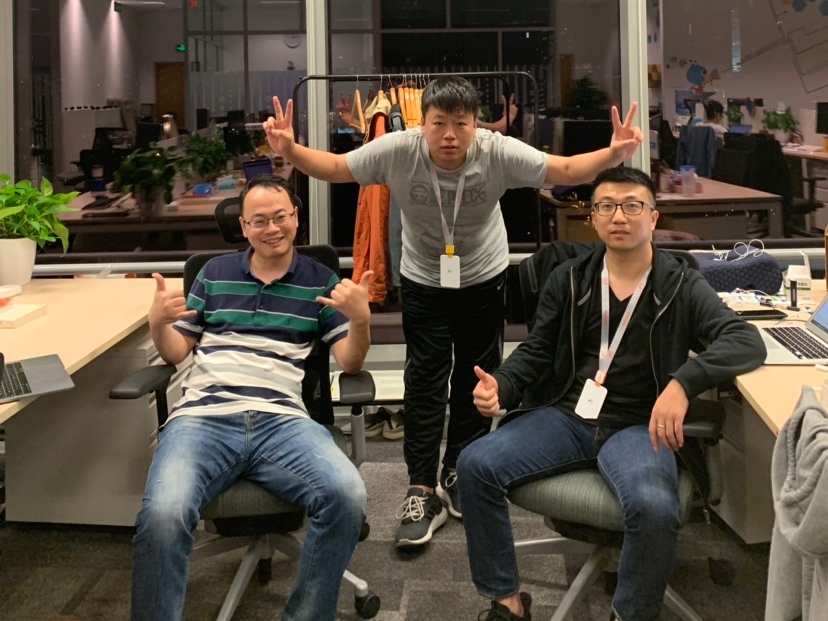
People tend to being cautious for new things.
This is especially true for the financial industry, which has surprisingly high requirements for system stability and security. If we want to describe the highest level of security, we usually call it the "financial grade." Anyway, Ant Financial had entered a risky lane where any carelessness might lead to a total loss.
mPaaS was first conceived in 2013.
It was a great year because Alipay ushered in explosive growth in business. It transformed from a simple payment tool to a super app integrated with various functions and applications.
It was also a challenging year when the number of users soared at an exponential rate, followed by the fast growing of the Alipay's development team. This was inevitably accompanied by the complexity of business modules and the decline in development efficiency.
To completely solve these problems, the framework governance for Alipay was in full swing from 2013 to 2015. With the modularization of business apps and componentization of development tools, Alipay is transformed to a platform-based app. Each application in it can be independently developed by a team and the entire app is managed by a common underlying platform framework.
If Alipay is also a high-rise building, it is similar to the "modular building" envisaged by the industry. Each room can be used as a module that can be prefabricated and produced in the factory. After these rooms are transported to the site, they are assembled into a complete building by splicing, welding, and other connection methods.
Assemble modules and use modules out of the box. All these sound as simple as piling up blocks.
This pluggable technical framework constitutes the predecessor of mPaaS. Platform as a Service (PaaS) was originally a concept in the cloud computing technology. mPaas is coined by directly adding an "m" in front of "PaaS", and "m" represents mobile.
The naming method used by technicians is extremely simple and straightforward.
In the cloud architecture, PaaS is located between Infrastructure as a Service (IaaS) and Software as a Service (SaaS), and is an application infrastructure service in the cloud environment. The relationship between the three concepts is similar to that between the underlying hardware, operating system, and applications. mPaaS plays the role of an R&D platform that hosts applications.
By now, the framework has been shaped and mPaaS can make its debut. If Alipay is a sports car that changes its engine while moving at high speed, the challenges that mPaaS will face next are undoubtedly tougher.
mPaaS is going to transform "high-rise buildings" in the city.

In October 2015, mPaaS 1.0 was released.
In another three or five years, the latecomers of this market may look up their far-sighted predecessors with admiration: who says that the building has been completed. Those high-rise buildings that seem to be bright and beautiful have dilapidated under the prosperity.
The storm of mobile Internet has changed everything fundamentally. Retail business, which originally accounts for a small proportion of revenue, has become a hot spot for financial institutions. Some organizations quickly transform themselves and take up the consumer business. Meanwhile, some other organizations adopt "mobile banking" as the "skin", and their cores cannot support the demands and flow of mid- and long-tail customers.
The market is waiting for spoilers, whereas the newcomers are waiting for the opportunity to prove themselves.
However, as I mention earlier, the financial industry is a very cautious and conservative industry. It is never easy to impress them with mPaaS when no application cases speak for it.
I asked Zhang Liang, "How was the response in the market at that time?" Zhang Liang, who was in charge of mPaaS, pondered for a while and finally described the situation at that time in a restrained manner:
"There were different voices in the market."
Qi Xiaolong's memory was more straight ahead: "It is very easy to increase the number of customers from 10 to 100, but extremely difficult to increase from 0 to 10."
On the tough way of search, changes always happen unexpectedly. For example, no one could ever expect that the first customer of mPaaS is not a financial institution, but 12306. Yes, it is the ticketing app called 12306.
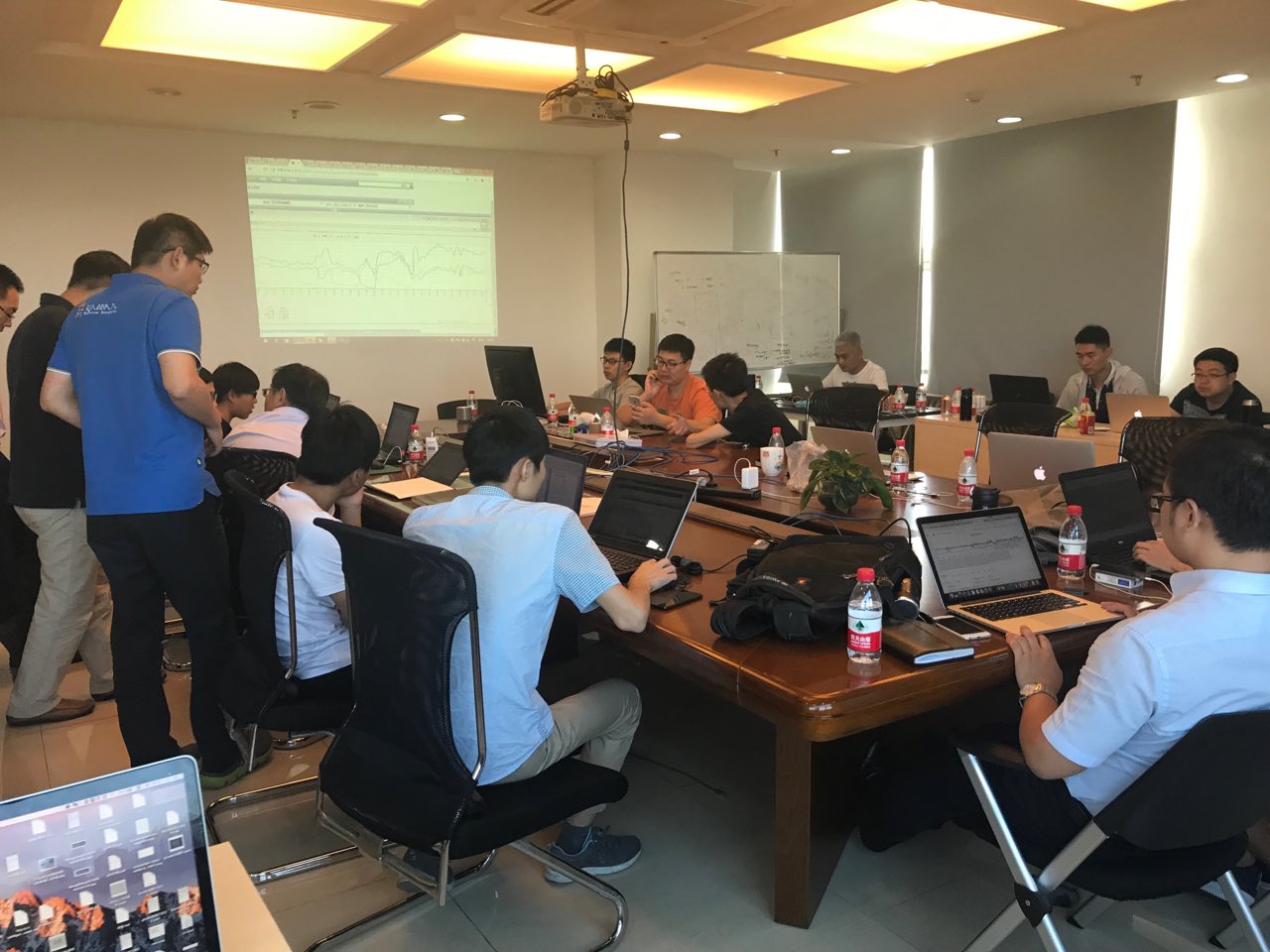
The restriction of transportation mode can determine the trend of history, and the transformation of the travel mode will ring the bell of the times. In 2017, when the high-speed rail network ran through China like capillary, more and more tourists found that they needed a reliable network tool, which must be fast and precise enough to support their trips in the digital wave.
Infrastructure and "digital infrastructure" went hand in hand, and 12306 continued to accelerate its pace in catching up with technological innovations.
In August 2017, the mPaaS team arrived at the 12306 office to kick off the project. This cooperation was highly valued by Liu Weiguang, the vice president of Ant Financial, who was in charge of financial cloud business at that time. He gave the following order to onsite engineers: In any case, providing technical support for the 12306 project was the top priority.
This was a hard-won opportunity and also a challenge that allowed no failure. No one dared to take it lightly in the face of a large app that required more than a year for development. The entire team was on standby and received the first requirement from the client. That is, enabling the app to smoothly handle the peak of travel during China's National Day.
This was a cooperation in the development process between an Internet company and a traditional software company. The mPaaS team started its work in a completely strange environment. The staff from the China Academy of Railway Sciences worked overtime together with dozens of mPaaS team members, and finally completed the optimization of 12306 basic functions in one month. When the National Day arrived, the 12306 app smoothly processed the ticketing peak brought by tourists.
The team breathed a sigh of relief after the first mission was completed.
The customer also expressed its appreciation, and invited the team to continue to provide technical support for the app during the Spring Festival.
I have no idea how Yang Wei, a senior wireless development engineer of Ant Financial who was stationed at 12306, felt when he received this invitation. Anyway, to cope with the possible extreme conditions in the Spring Festival, the cloud team of Ant Financial had done its best regarding development, deployment, gateway, and disaster recovery. All technical engineers worked so hard that they often worked overtime until two or three o'clock in the morning. Before the Spring Festival, 12306 was finally "reborn" under the joint efforts of the two sides. The app looked the same as before, but had a brand-new core.
"The UI is exactly the same as before, and the user operations are also the same." Yang Wei said, "But the content is completely changed, and the client framework and the entire front-end page are all redeveloped."
Although the "lake" looks calm without waves, and the "undercurrent" is surging at the bottom. In December, a grayscale test was carried out on the new edition of 12306 in an orderly manner. As a popular app, the new 12306 received favorable comments from social media, and users were happy to upgrade their 12306 apps. Almost all critics agreed that the new 12306 brought better user experience.
When the time went to 2018, the scene described at the beginning of the article showed up. The 2018 Spring Festival witnessed a total of 2.98 billion passenger trips, involving 382 million passengers. Tourists tapped on their mobile phones, invisible vouchers were transferred in data channels, tens of millions of people returned to their hometowns to embrace their relatives, the train broke through the rain curtain, and the engine roared in the morning breeze.
Behind the code were the sadness and happiness of many engineers. But eventually, the users had a smooth and stable journey to their destinations.
In that year, a flame was ignited from the silent place and was going to shine on the long night.

After the victory in the first battle, mPaaS ran to the more steep "mountains".
Or better yet, more "mountains" chose mPaaS. After the successful deployment of mPaaS in the 12306 project, many financial institutions have offered olive branches to the mPaaS team. In March, 2018, Yang Wei, who just got out of the 12306 project, turned to Guangfa Bank (CGB) without stop. This was an old stock bank that had been established for more than 30 years, and also the first financial industry customer served by the mPaaS team.
As a giant enterprise with total assets of RMB 2.6 trillion, the problems faced by CGB were far more complicated than 12306. In addition to ticketing, CGB's business included loan, repayment, financing, and shopping malls. Many business modules were entangled with each other. The mPaaS team had no choice but to split and meanwhile modify these entangled modules to turn the messy business into pluggable components of the framework.
From deployment, to testing, and finally to production, the Ant Financial staff constantly visited CGB to remove obstacles for the construction of the new framework. In the middle of August, the CGB credit card app "Discover the wonderful" was launched. The mobile banking app directly inherited some sub-functions of the credit card app, and its development progress followed the credit card app closely.
"This is also the advantage of the mPaaS platform. Functions developed with mPaaS can be directly reused." After Yang Wei teaches the CGB technical team how to use mPaaS, she finally took a break for a while. For some time, she only needed to show up before the mobile banking app went online, and everything worked normally.
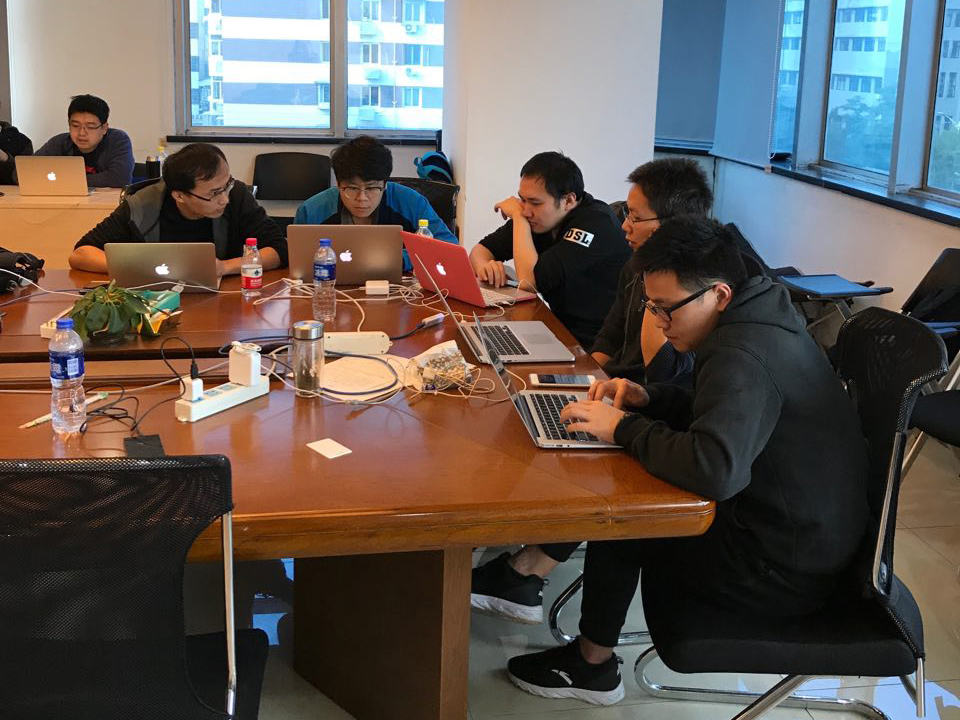
"The Grandmaster" movie talks about martial arts like this: when one practices martial arts, every progress made could take him or her to another higher level of martial arts.
This is also true for technologies. When we climb the "mountains", we are cautious on every step.
The mountain roads are steep and difficult to travel, but fortunately mPaaS is not what it used to be. Since 2015, iteration has been completed for three versions of mPaaS. mPaaS 1.0 focused on core capabilities such as the gateway and message push. In mPaaS 2.0, features such as the release platform, hotfixes, and offline packages were added, and the tool library was constantly improved. Zhang Liang said that mPaaS at this time already had the potential to "subvert the R&D model of traditional financial institutions".
At the end of 2017, mPaaS evolved to version 3.0. Backed by accumulated technologies in the intelligence field and through full lifecycle management of apps from R&D and release to analysis and operations, mPaaS is no longer a pure development framework. Instead, it has become a solid "mobile mid-end".
I asked Qi Xiaolong, "Compared with other competing products in the market, what do you think is the most special and irreplaceable function of mPaaS today?"
His answer was the applets.
"Applets are a new concept for financial institution customers." Qi Xiaolong said that many financial institutions hoped to make some open attempts to invite more partners to their own apps and open up new traffic channels. In the past, these partners often work on H5 pages, and the user experience was poor due to the rigid presentation and long loading time.
Figuratively, the landlords were eager to rent their empty houses, but the tenants could not find doors to enter the houses. Applets caught up from behind and provided a new way to associate these "landlords" with "tenants".
"A major responsibility of mPaaS is to drive customers' business innovation under the help of its own technological innovation." Zhang Liang had a deeper insight into this issue. In the past few years, the banking industry began to propose the concept of "open banks", trying to make banks available everywhere. That is, to directly integrate more banking businesses into scenes.
This was a concept ahead of the times. No one was sure about the future direction of "open banks". Financial institutions began to turn their eyes to Alipay's "applet ecology". In this model, the lightweight entry was stacked on the flagship applications, and diversified functions and services were classified. In this way, users could lean on a huge "mother ship", look around, and jump into a "speedboat" for sailing.
mPaaS 3.0 took advantage of the situation to split the applet capabilities and turned them into pure technical solutions that could be called by customers as desired. Financial institutions used applets as a carrier to promote the openness of their businesses. Third-party enterprises could also use applets to join the apps of financial institutions, further enriching business scenarios. "This is a direction they are willing to explore and try," Qi Xiaolong said.
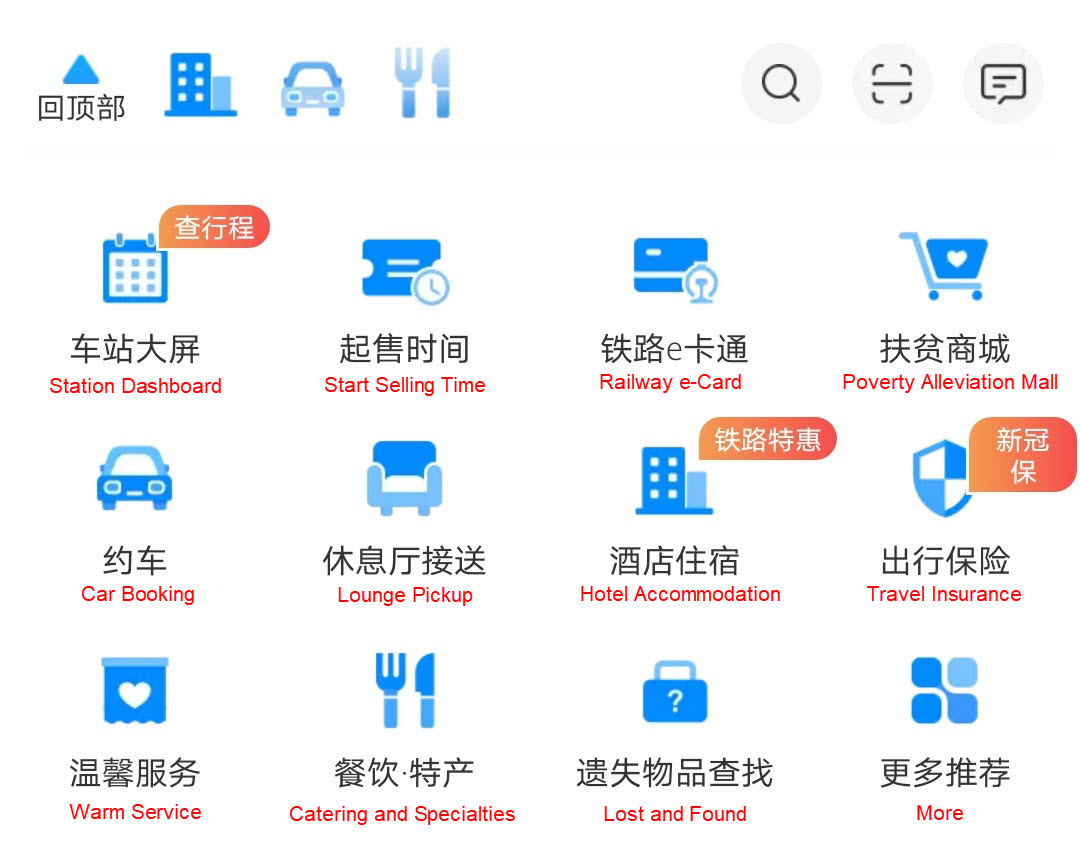
Now if you launch 12306 again, you will see that the traditional static homepage is gone and is replaced by various entries, including hotel accommodation, lounge pickup, travel insurance, poverty alleviation mall, and many more. Apps themselves constitute a diverse transit station, where more and more related functions are aggregated and different business scenarios are interconnected, allowing more users to be reached.
According to the famous "long-tail theory", these users are the "long-tail" users who are often silent and neglected. Many financial institutions have been working hard for many years, only to realize that a huge number of valuable users remain silent.
These long-tail users form a no man's area that no one sets foot in.
For the Internet industry, this is the next battleground.
A no man's area usually means a barren wasteland.
However, Ant Financial is accustomed to pursuing treasures in the uninhabited wilderness. While winning orders from head customers, the mPaaS team also tries to deliver its own capabilities to more "mid- and long-tail" customers.
Again, let's go back to the end of 2017. At that time, Yang Wei was working busily on the site of 12306 together with her colleagues from Ant Financial and the China Academy of Railway Sciences, contributing her sleep time to the political task of "ensuring the smoothness of Spring Festival travel rush".
At the very same time, Wang Xiaotao, who was far away in Suqian city, Jiangsu province, was troubled by his project.
Wang Xiaotao was the R&D manager of Jiangsu Minfeng Rural Commercial Bank, a rural commercial bank with total assets of more than RMB 40 billion and rooted in Suqian city, Jiangsu province. Due to the "strategic transformation" of an online loan product named "Susu-E" by its developer, Jiangsu Minfeng Rural Commercial Bank had to take over the project on its own.
For Wang Xiaotao, this was a tough job. "We are weak at mobile development, and one engineer is insufficient to handle development issues. If two engineers are assigned, there's not enough manpower."
Weak technical strength and shortage of manpower were the dilemma widely existing in small- and medium-sized banks. Wang Xiaotao met and cooperated with the mPaaS team under such pressure. In retrospect, he smiled with a little embarrassment, "In the early cooperation, many mPaaS experts helped us modify the code and fix bugs. Now, the mPaaS engineers only need to occasionally ask us about the progress. In the past, we discussed problems with them almost every day, during work, after work, and even on weekends."
In the process of cooperation, Jiangsu Minfeng and the mPaaS team gradually found a proper rhythm of cooperation. After business splitting, framework optimization, and code streamlining, Jiangsu Minfeng's key product "Susu-E" was upgraded. In addition, additional new products had been derived to provide online loan business to customers in the jurisdiction. In the past three years, "Susu-E" had been serving tens of thousands of customers, with a cumulative loan of billions of RMB.
At the end of 2018, with the support of the mPaaS team, Jiangsu Minfeng completely reconstructed the app. As a result, the app running was smoother and the crash rate was greatly reduced. In the second year, Wang Xiaotao also used the popular "applets" to build a series of ecology, from the payment code and scan-to-pay function to the newly emerging things such as living payment and Tmall optimal channel. Under the support of the smooth and efficient underlying framework, Jiangsu Minfeng's mobile banking app started to introduce new businesses.
In Wang Xiaotao's words, "This is an elegant app."
In addition, Wang Xiaotao was amazed by the speed at which the mPaaS team responded to the national regulatory requirements, including the national encryption algorithm, IPv6, and privacy and security controls. The platform was almost instantly aligned with these requirements, and only a few modifications were required to adapt to new requirements.
However, this man's ambition went beyond that.
As a public cloud customer of mPaaS that was rare in the banking industry, Wang Xiaotao was eager to recommend this framework to Jiangsu Province Rural Credit Co-operative Union (JPRCCU) to build a unified private cloud across the Jiangsu province. He met with the JPRCCU leaders in charge of the mobile banking business for several times, and persuaded them to adopt the framework. His promotion method was simple and rude. He said to the leaders, "You see, we had done so many things with only a very limited number of engineers."
In Wang Xiaotao's vision, an "aircraft carrier"-level giant app would emerge in the future, and all the lower-level rural credit cooperatives in Jiangsu province could run their businesses on the "carrier" as applets. Such a technical picture characterized by high integration and fast distribution may be as shocking to an engineer as to a military fan boarding an aircraft carrier himself.
"They want to change (the framework), and we have always wanted them to change." Wang Xiaotao laughed and said, "This is my biggest goal in the short term."
Sometimes, significant events are often completed in silence.In 2018, after Yang Wei finished the 12306 project, she followed the team and took over the CGB project. At this time, Wang Xiaotao was looking for problems and refactoring the code all night long, trying to use the power of technology to rejuvenate a small rural bank.
While the money is transferred to different accounts and trains run towards different destinations, the code runs silently at the bottom layer of this world.
While the fire rises from the corner of the earth, the silent starts to make their voices heard.

I asked Zhang Liang, "What is the destination of mPaaS?"
He replied, "mPaaS has no destination. It must be constantly developing and changing. On the one hand, new interaction and development methods will drive technological changes. On the other hand, business demands from customers will in turn promote the evolution of products."
In 2018, Zhang Liang accepted an interview as the manager in charge of mPaaS products. He described in detail the capabilities that mPaaS provided for developers, and outlined three product dimensions: client capabilities required for efficient development, mobile mid end for full lifecycle management, and back-end connections extending the upper-layer capabilities.
Looking back now, I'm afraid that Zhang Liang's speech will have to be lengthened by many pages. mPaaS was further enhanced in R&D efficiency and digital operations. In addition, mPaaS speedily responded to customer demands for "telecommuting" during the epidemic, and audio and video-related components were developed. The mPaaS product forms are constantly evolving. The only thing that remains unchanged is that, based on the technological innovation and iteration, mPaaS continues to promote business innovation in the financial industry and even all other industries.
"This is our product philosophy that never changes," Zhang Liang said.
Allow something to change and leave something unchanged. This may be the best strategy for embracing the future. All of us can see the "future" wave rushing towards us, but we can neither depict its shape nor estimate its power.
In the foreseeable future, the new wave will rush onto the land, sweeping those once glamorous and strong high-rise buildings. At that time, maybe everything will be smashed and start all over again. I asked Zhang Liang, backed by the insight gained through years' study of the mobile development platform, whether he had his own opinion on the future.
Zhang Liang smiled and said, "This is an interesting question. What is mPaaS? mPaaS is a development framework dedicated to terminal services." The terminal here can be a mobile phone, a new interaction mode, or a new device such as the popular Internet of Things (IoT) device. It may even be completely independent of the device and presented to users through artificial reality (AR) or other quasi-science-fiction scenarios.
The interaction mode will change, but the need to provide services to customers will never change. As long as such need exists, mPaaS has space for survival and development. In the longer future, the technical concept and implementation mode of mPaaS may be very different from the current ones. Apps in the future will be definitely different from today's apps. Perhaps the most commonly used tools are no longer mobile phones, but smart wearable devices, voice receiving terminals, or even brain-computer interfaces and holograms.
Although we cannot see clearly how tomorrow will be, the outline in the dim light is attractive enough.
"In the future, we will serve consumer-end customers in various possible forms, not only limited to mobile apps, but also VR and AR scenarios." Zhang Liang imagined.
With powerful technical reserve on hand, Qi Xiaolong is also full of confidence: "Our customers can be Guangfa Bank and 12306, but our real users are actually developers like you and me. No one in this industry knows our users better than we do."
Shanghai Metro, Huaxia Bank, Suzhou Bank, Changshu Rural Commercial Bank... The mPaaS customer list is getting longer and longer, and all of the listed customers are running towards the future on the same route. They are brand-new skyscrapers, and they are kindling planted by Ant Financial on the wasteland.
Today, kindling is changed to the fire that is constantly growing.
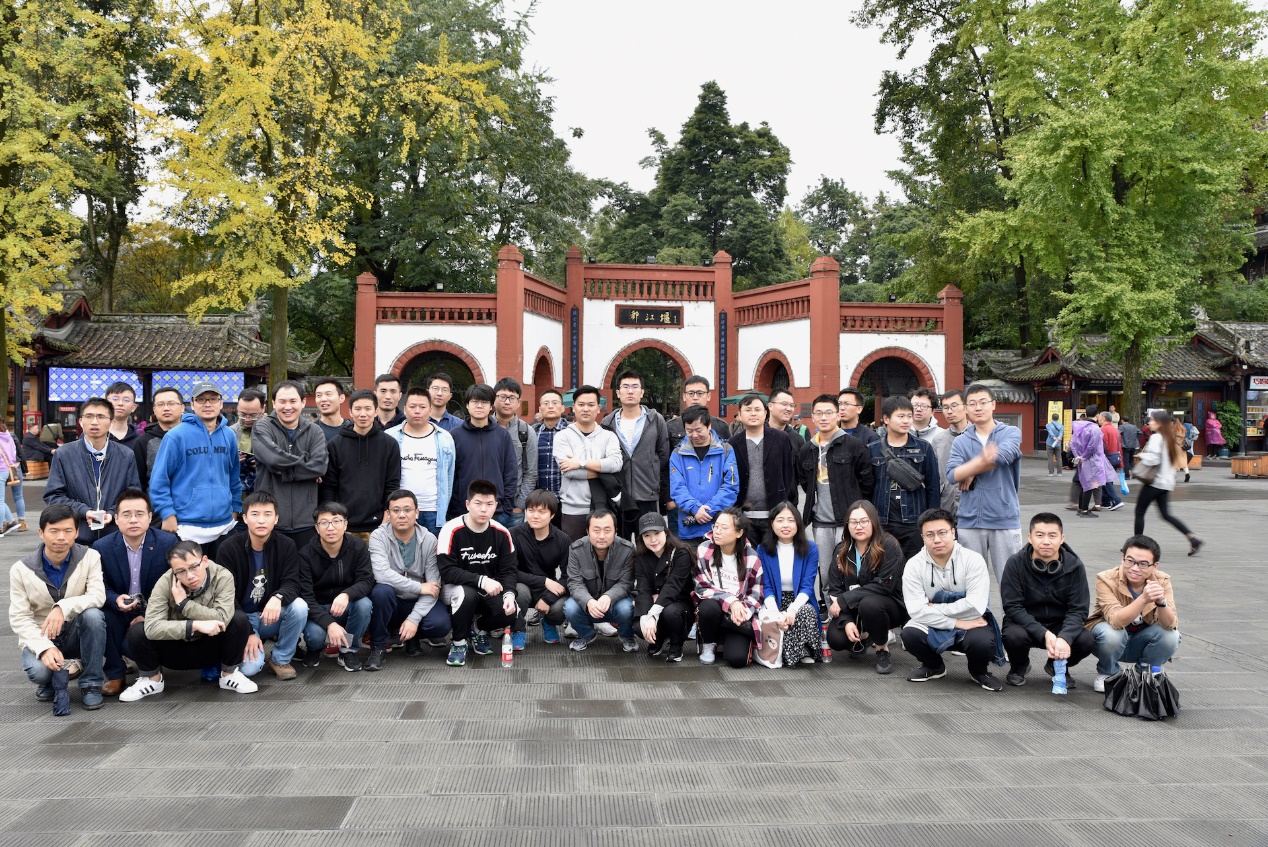
In the 20th century, after the collapse of the physics building, scholars did not get too depressed. They soon picked up bricks and tiles to build a tall building on the ruins that was more stable than the previous one.
The big waves and storms of the future are coming. mPaaS stands at the head of the tide and gazes at the distance. No one knows where the destination of mPaaS is, or whether the journey of technology has no destination at all.
Looking at the precedents of this era, they are on top of tall buildings and beyond the sea and sky.
Integrating Distributed Architecture with Cloud Native: Best Practices by Ant Financial

12 posts | 2 followers
FollowAlibaba Cloud Community - April 24, 2024
Alibaba Clouder - March 6, 2019
Alibaba Cloud Community - November 6, 2024
Alibaba Clouder - May 17, 2021
Alibaba Cloud Community - September 13, 2022
JDP - February 10, 2022

12 posts | 2 followers
Follow FinTech on Cloud Solution
FinTech on Cloud Solution
This solution enables FinTech companies to run workloads on the cloud, bringing greater customer satisfaction with lower latency and higher scalability.
Learn More Database for FinTech Solution
Database for FinTech Solution
Leverage cloud-native database solutions dedicated for FinTech.
Learn More mPaaS
mPaaS
Help enterprises build high-quality, stable mobile apps
Learn More Financial Services Solutions
Financial Services Solutions
Alibaba Cloud equips financial services providers with professional solutions with high scalability and high availability features.
Learn MoreMore Posts by Alipay Technology
Khan Zain February 10, 2024 at 8:40 am
This insightful and captivating narrative beautifully captures the transformative power of technology, specifically highlighting the remarkable journey of mPaaS in reshaping user experiences across various industries. Through vivid storytelling and meticulous detail, the article portrays the challenges, triumphs, and profound impact of mPaaS, painting a vivid picture of innovation and resilience in the face of adversity. The seamless integration of historical anecdotes, technical insights, and personal accounts immerses the reader in a rich tapestry of human ingenuity and progress. Kudos to the author for crafting such an inspiring and thought-provoking piece that celebrates the boundless potential of technology to shape our world for the better.